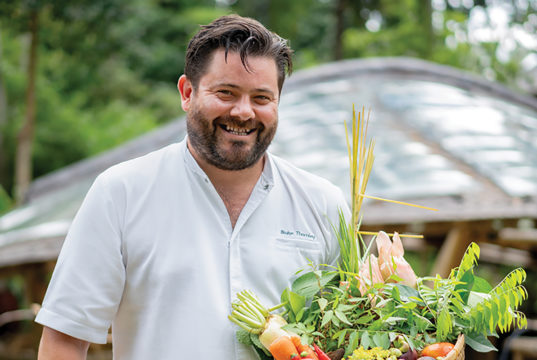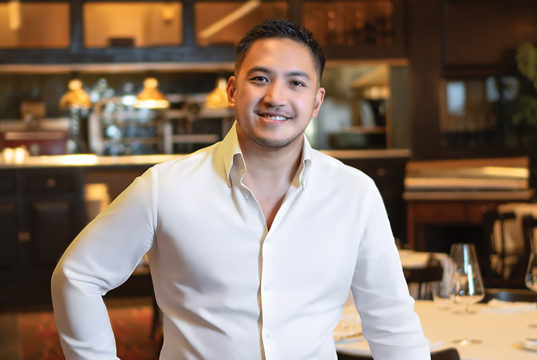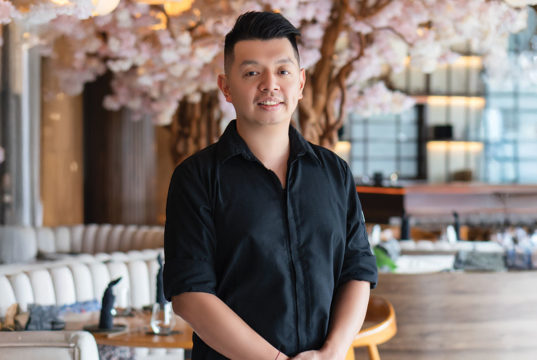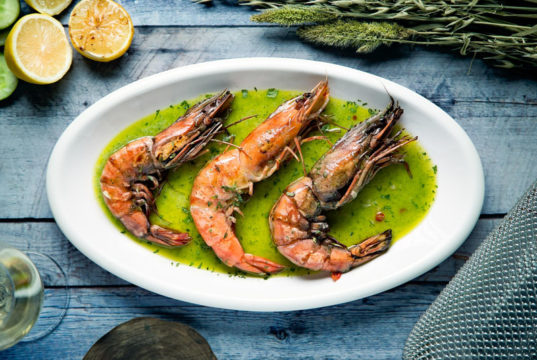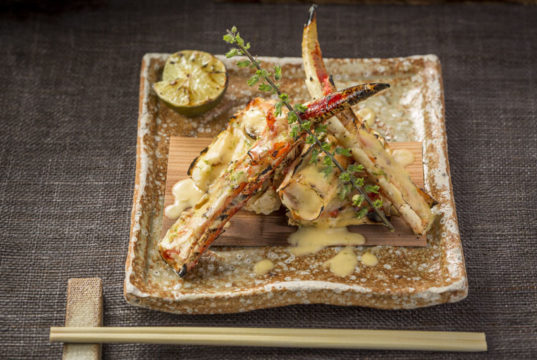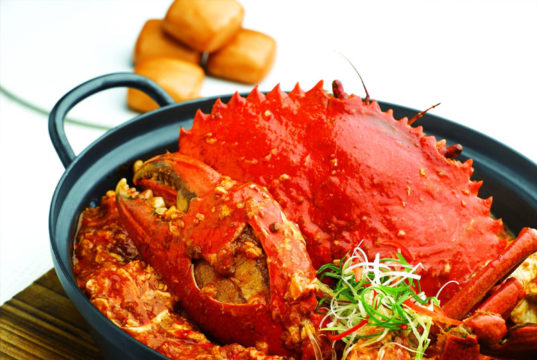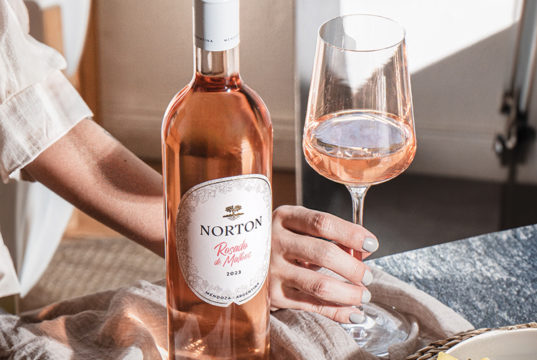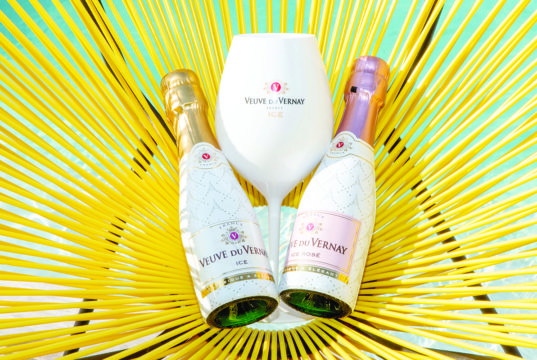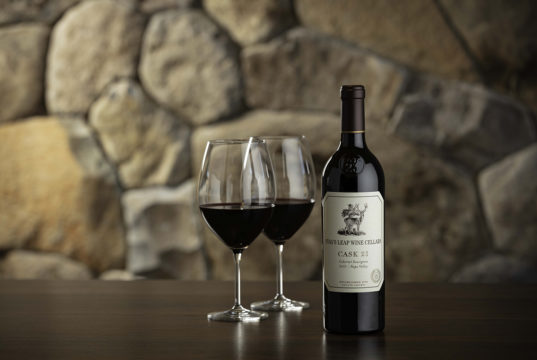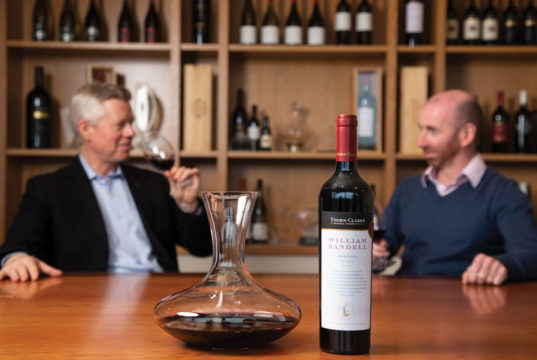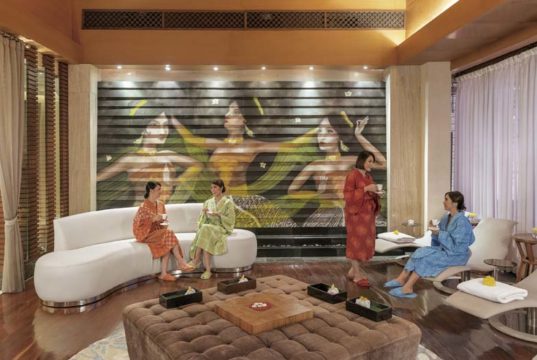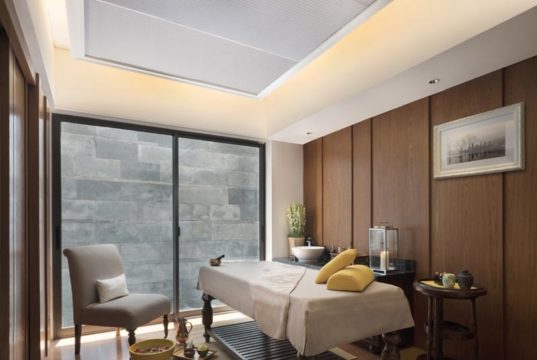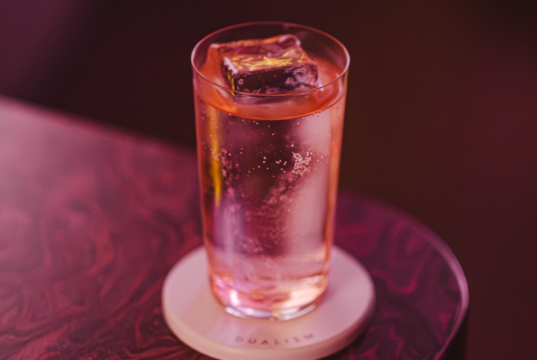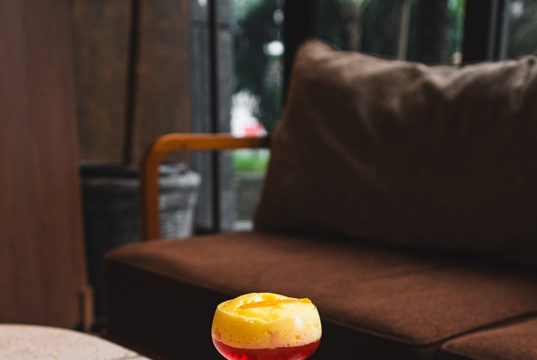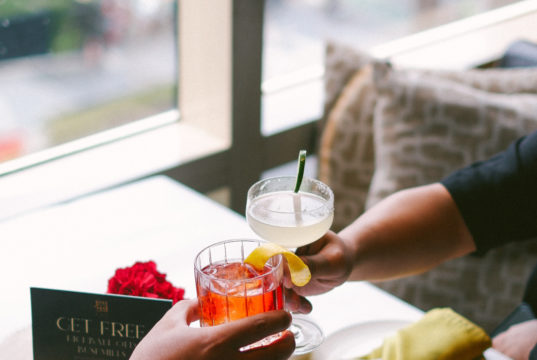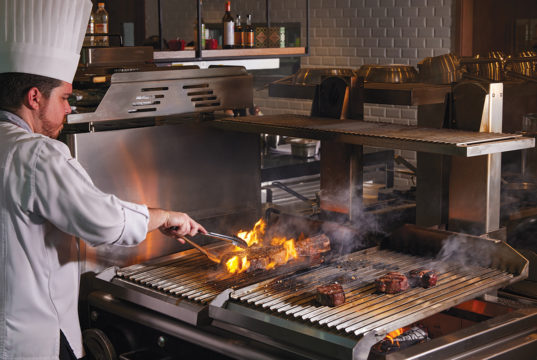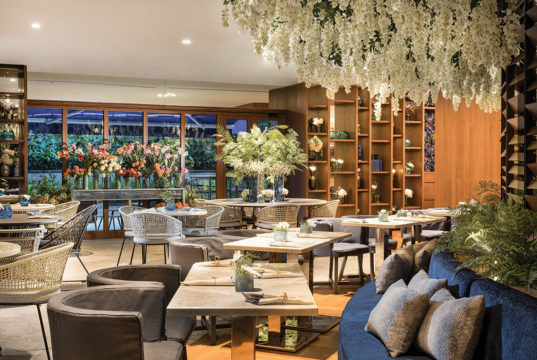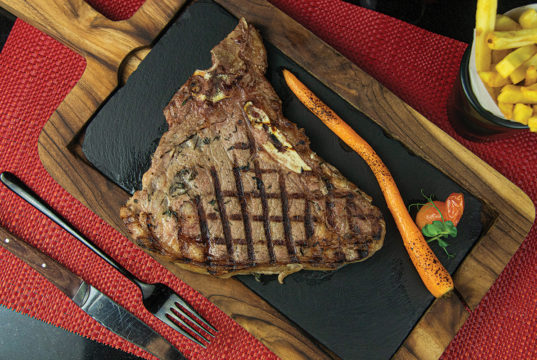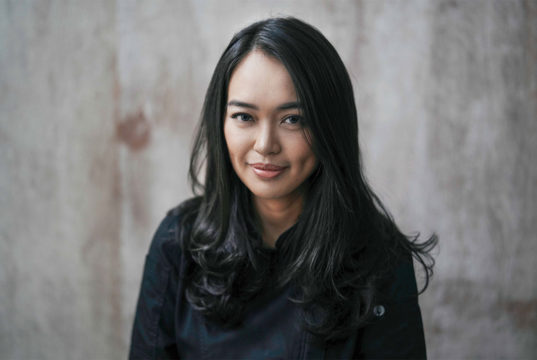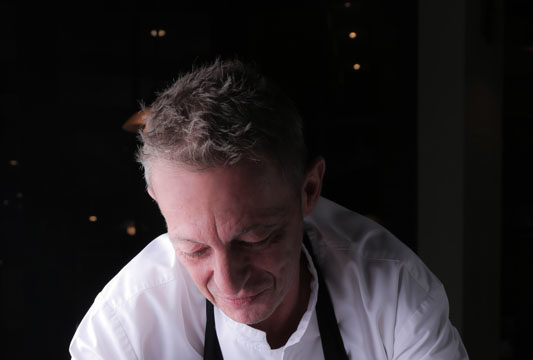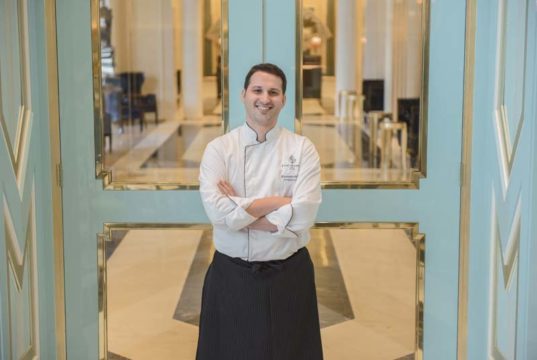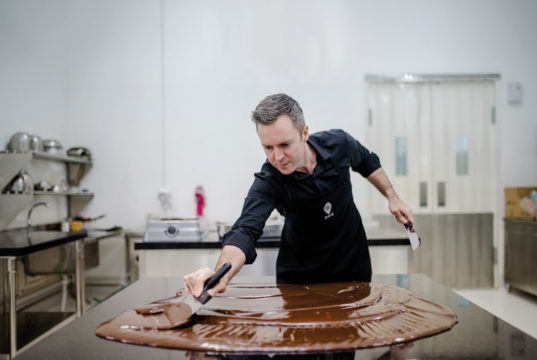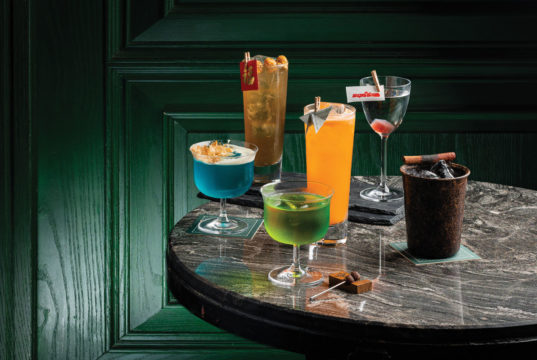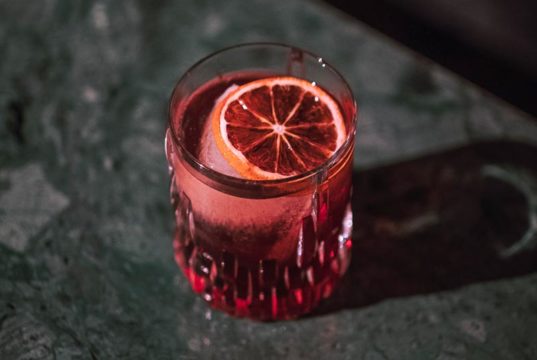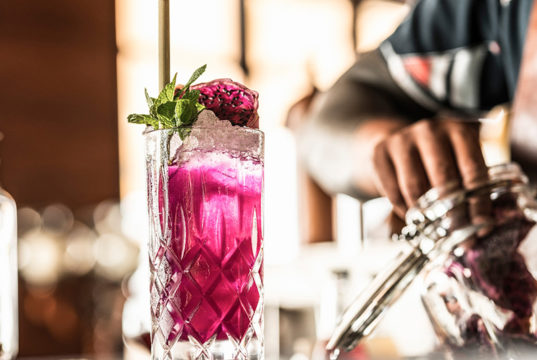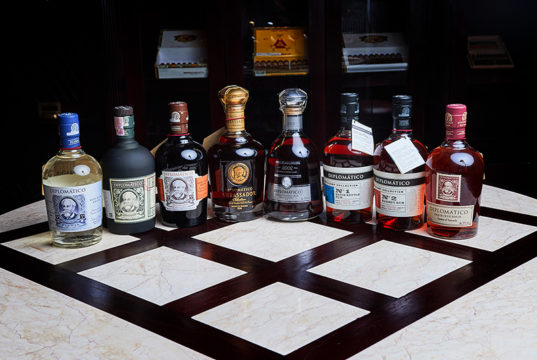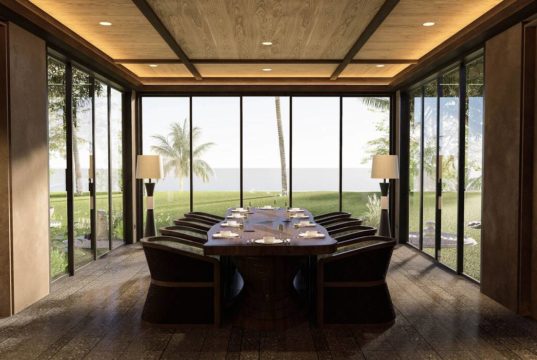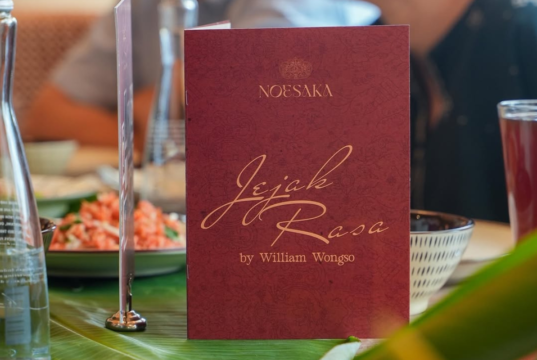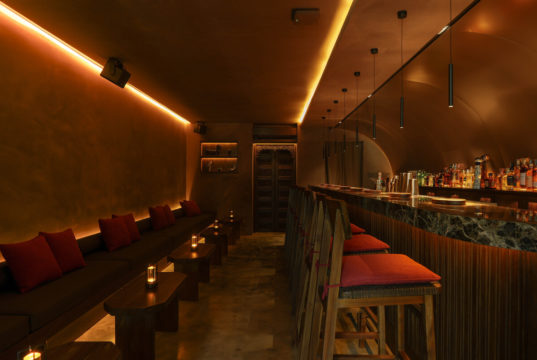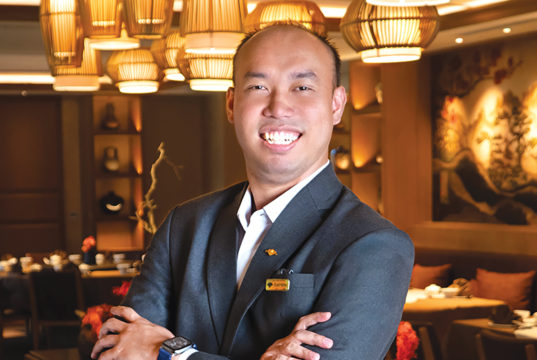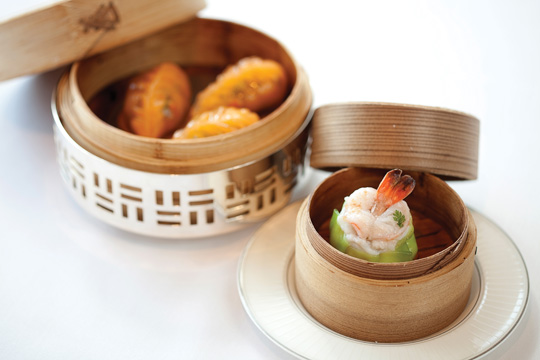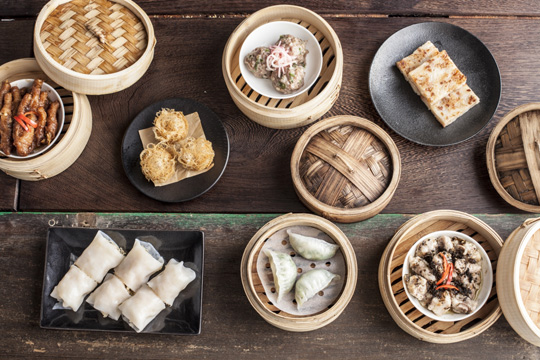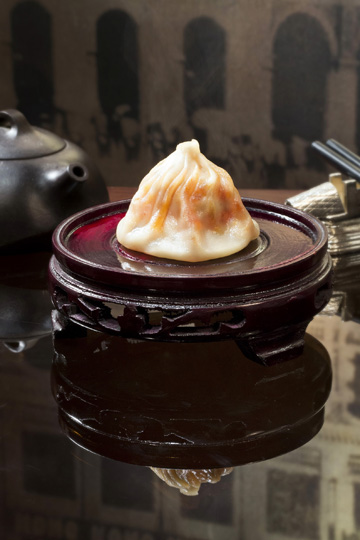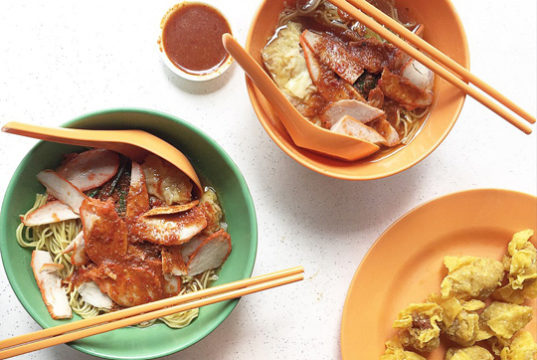Dim sum is an integral part of global Chinese culture and its creation is an art form. Although today dim sum is inextricably linked to Cantonese cuisine, it is believed to have been first made in Northern China, a claim supported by ancient poetic and musical references that pre-date Christianity. Literally meaning ‘to touch your heart,’ dim sum menus offer an assortment of bite-size dumplings, steamed dishes and other, often delicate, morsels. Originally it was only for the emperor and other wealthy nobles, but over time it was served in tea houses along the Silk Road. The original shape and fillings depended upon origins, with the best, it is said, to be from Southern China, Canton and Hong Kong. Today modern chefs are exploring the boundaries and are creating some incredible dim sum. But it was in the early 20th century that the major developments occurred as the rich traders and nobles began to frequent the many establishments found on the Silk Road who vied for their business by offering ever-more creative food.
–
Lung King Heen
Executive Chef Chan Yan Tak is the man behind the intricately designed menu at Lung King Heen – the signature restaurant of Four Seasons Hotel Hong Kong and the world’s first Chinese restaurant to be awarded the Michelin three-star rating. The dim sum here is the most popular choice for patrons and represents a variety of classics, as well as new interpretations featuring unique pairings or luxurious ingredients. One of Chef Tak’s most famous creations is his version of the classic barbecued pork bun. Traditionally pork buns have a sweet pork filling encased in a spongy steamed shell, and in Hong Kong, there is also a famous local pastry called a pineapple bun. Chef Tak thought to combine the two to give pork buns a unique Hong Kong twist. He also added luxury and texture by adding pine nuts to the savoury pork filling and as such, his creation has now become so popular you can find imitations in other restaurants in Hong Kong. Also look out for the baked whole abalone puff with diced chicken, using the highest quality abalone sliced on a diagonal for ease of eating, and a pastry crust to soak up the delicious sauce.
(www.fourseasons.com/hongkong/dining/restaurants/lung_king_heen)
–
Mott 32
Named after New York’s first Chinese convenience store – 32 Mott Street (which jump-started Chinatown in NYC) – this fine-dining restaurant delivers farm-to-table cooking in an east-meets-west industrial setting: a New York loft decked out in whimsical Chinese décor with imperial elements. The dark and spacious 700 sq.m. location perfectly captures retro China at its best and is nothing like a typical dim sum restaurant, which adds to its appeal. Representing Hong Kong to a tee, Mott 32 shifts focus back to ingredients and generations-old recipes of traditional Cantonese, Sichuan, and Beijing dishes.
Not your average run-of-the-mill dumplings, at Mott 32 you get to pick between fancy dim sum selections such as crab and caviar, Iberico pork, Shanghai soup, dumplings, soft quail’s egg, black truffle siu mai; black cod, black truffle, fresh dill spring rolls; and even soy sauce ice cream!
–
Spring Moon
For a taste of classic Hong Kong in its purest form, the array of dim sum that comes out of the Spring Moon kitchen is simply palate-inspiring. The restaurant is one of the major draws at The Peninsula Hong Kong, designed to look like a 1920s Shanghai dining room complete with reproduced items from the Ming and Qing dynasties and the 18th century French royal family, as well as Portuguese armorial pieces. The restaurant’s mouthwatering, must-try dim sum options include the steamed shrimp dumplings with bamboo shoots, steamed chive dumplings with minced shrimp, Steamed Sicilian shrimp and minced pork dumplings, golden mashed taro with abalone, and baked barbecued pork puffs. Tea connoisseurs can also delight in Spring Moon’s dedicated tea counter with over 25 selected Chinese teas for expert tea pairings.
(hongkong.peninsula.com/en/fine-dining/spring-moon-chinese-restaurant)




